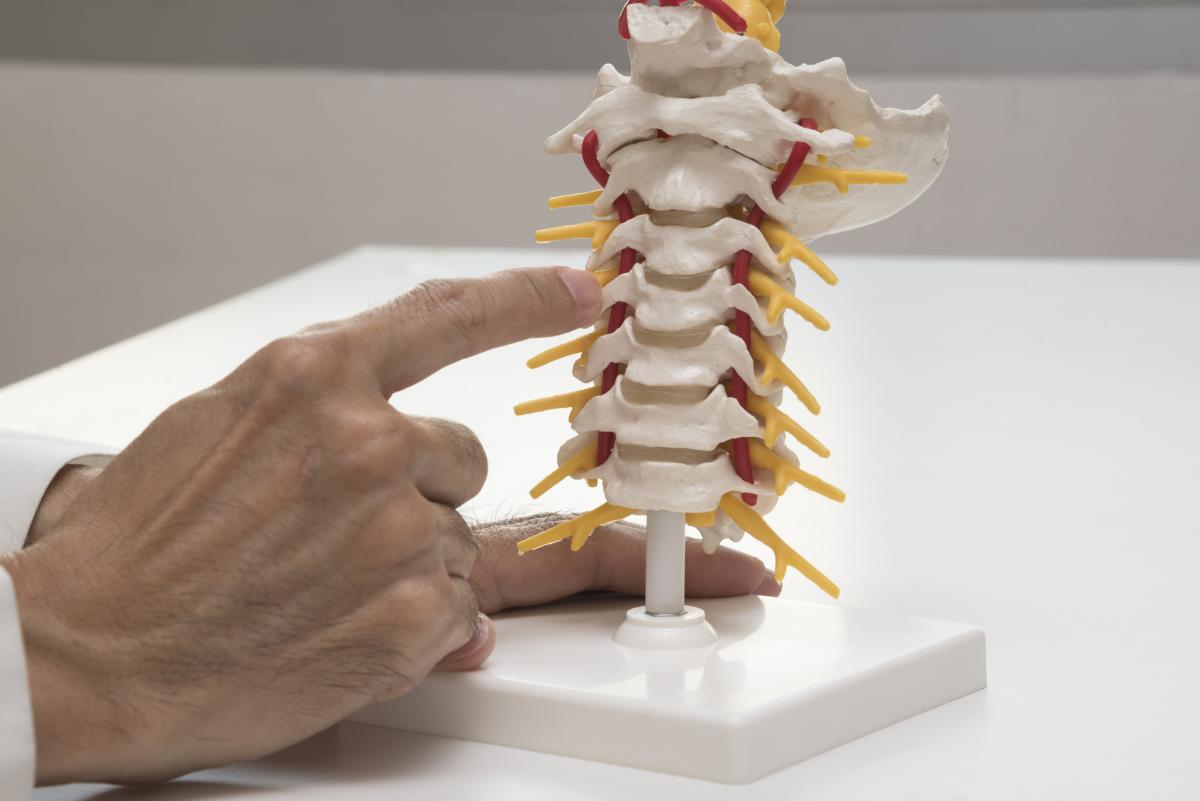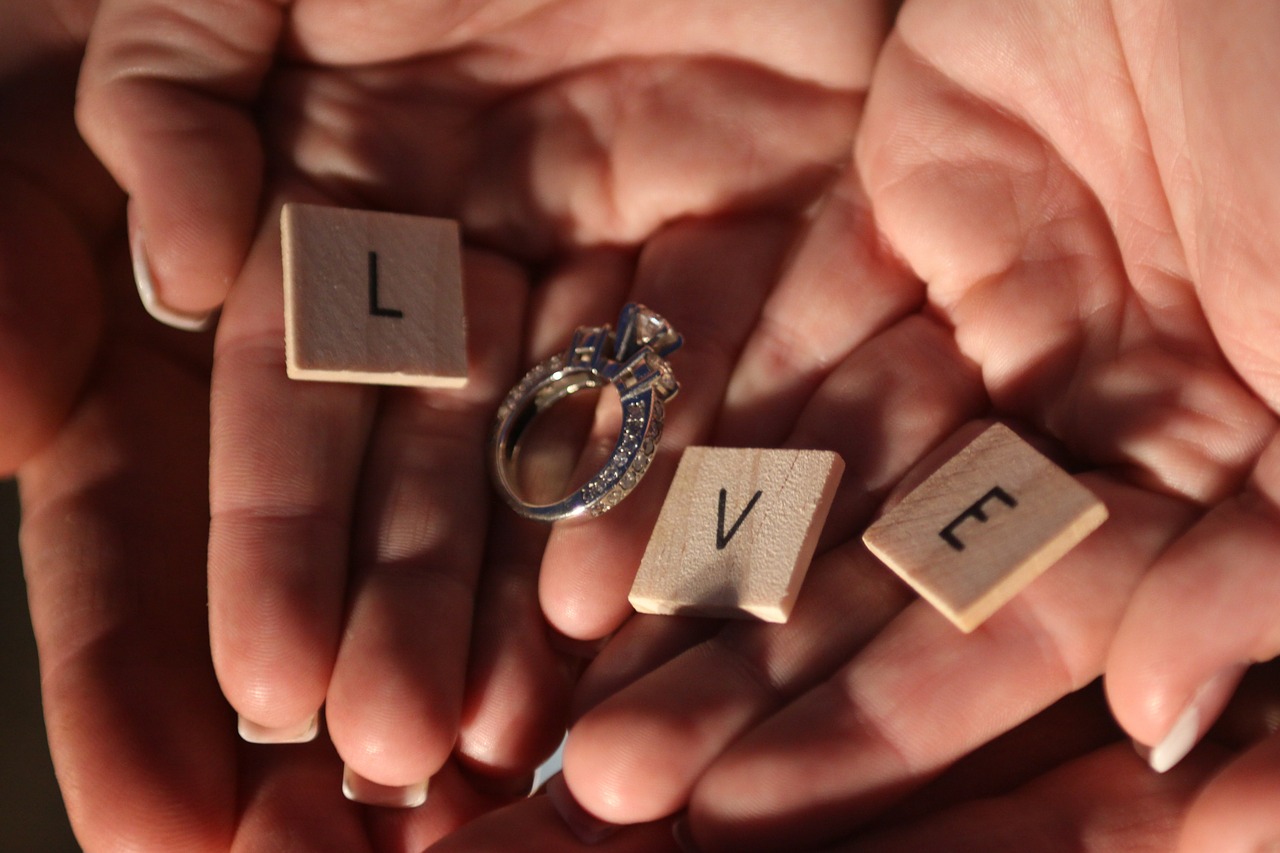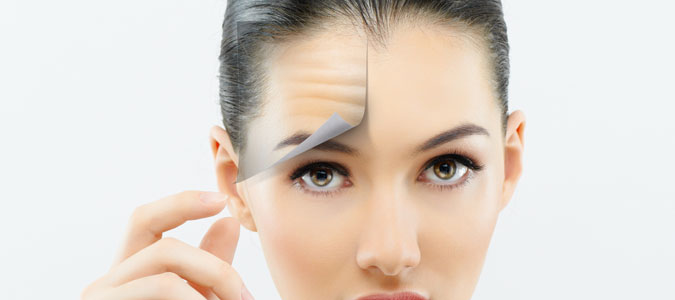Your spine is an essential body part that gives you balance and strength. There are 24 spinal discs in your body that are placed between the vertebrae of your back and back. These spinal discs are tough from the exterior and have a soft, gel-like structure from inside that cushions your back from the bones.
The spinal discs act like a shock absorber that helps in keeping your vertebrae separate at the time of impactful activities. There are plenty of ailments that can affect spinal discs. Hence, it is essential to take good care of it.
If your spinal injuries are expensive, try using your Bajaj Health EMI card that can cover all your medical expenses. You can later pay it back in small instalments within a certain period of time.
In this article, we are discussing the common spinal disc problems and the best treatments for them.
What Are the Symptoms of Spinal Disc Problems?
There might be many spinal disc problems, but you may face some common symptoms that help you understand the severity of the issue.
Here are a few common symptoms you need to be aware of:
- Sleeping difficulty
- Decreasing quality of life
- Immobility
- Inability to walk, work or rest
- Muscle weakness
- Chronic pain
If you have been witnessing any of the mentioned symptoms, it is advised to see the best neurologist in Kolkata to get yourself diagnosed. Only a neurologist can precisely tell you the type of spinal disc issue you have.
What Are the Types of Spinal Disc Problems?
Here are the types of spinal disc problems that are generally witnessed in people:
Slipped Disc or Herniated Disc
One of the commonly known issues is slipped disc or herniated disc. In this, the soft material of the disc is pushed through a tear and enters the tough exterior. This situation can irritate the nerves causing pain.
Pinched Nerve
As the name suggests, it is pinching of the nerve, which is commonly caused by the herniated disc. The herniated disc will put pressure on your nerve root, causing extreme pain that goes down to your legs.
Bulging Disc
Some people mistake bulging discs with herniated discs. However, both are different. In a bulging disc, the disc is ruptured that leaks the soft substance into the tough exterior. It creates a bulge along with the disc.
Sciatica
Sciatica refers to leg pain with a sciatic nerve running along the back. The pain may come with numbness, weakness and tingling sensation. You will have constant pain in your leg that is connected to your spine.
Spinal Stenosis
It happens when the open spaces in the spines start narrowing. Spinal stenosis is formed at the lower back and neck area. The nerves running through the spine will be pressurized, leading to painful symptoms.
Degenerative Disc Disease
With age, the discs start to wear. Not everyone may showcase the signs of wear, but degenerative disc disease is a common aging process. It causes damage to your disc that results in pain. Low blood supply or injuries are the major causes.
What are the Treatment for Spinal Disc Issues?
Now, let's take a look at the common treatments that you can have for spinal disc problems.
Endoscopic Spine Surgery
It is a minimally invasive procedure that gives immense pain relief. Endoscopic spine surgery is considered ideal for a herniated disc.
Regenerative Medicine
It helps in regenerating the disc with the help of medicines. Platelet-Rich Plasma Injections, Prolotherapy, and Stem Cell therapy are some of the common methods used for regeneration.
Minimally Invasive Lumbar Decompression (MILD)
It is a minimally invasive surgery where a small incision is made to treat the narrowing of the spinal canal. There are no major risks of spine instability with this treatment; you can also quickly recover.
Neuromodulation Therapy
It is a treatment to overpower your pain in order to offer relief. The therapy includes different treatments like Peripheral Nerve Stimulation, Transcutaneous Electrical Nerve Stimulation, Spinal Cord Stimulation, and Dorsal Root Ganglion Stimulation.
Vertiflex
It is a small implant in your spine to curb the symptoms of spinal stenosis. There are invasive surgeries as well, but vertiflex is best advised for longer relief.
For better assistance, you should consult your neurologist.
The Bottom Line
Spinal discs are the support system of your spinal cord. It is vital to take utmost care of it in order to ensure your spinal well-being. The above mentioned were some of the widely found spinal disc issues that you must be aware of.
Health Accepting Guest Posts Category is now live and ranking on Google to submit your blogs.









